Have Fun (and be careful!)
In south Texas most of us try to avoid the midday summer heat and take advantage of the longer mornings and evenings for our outdoor activities. When I say most of us, I’m including the non-human creatures with whom we share our yards and parks. When we’re out there so are they, and most of them are a joy to be around, but there are a few that should be avoided.
Some are obvious like scorpions, bees, wasps, fire ants, lions and tigers and bears. Here are some of the “don’t touch” critters that tend to get overlooked.
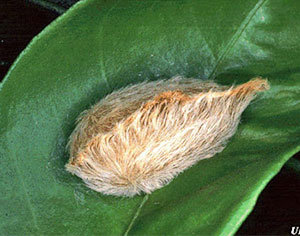
Asp or Puss Caterpillar
This little guy is only about the size of an almond, but packs a real wallop. They can be almost white to dark brown and have the cutest little fur coats – but under the hairs are extremely toxic spines that cause severe and long lasting pain. Brushing against the asp is all it takes to ruin your day. Remembering my encounter with one many years ago can still give me chills.
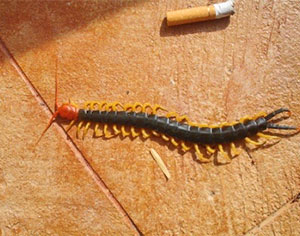
Centipede
A myriapod (many footed), it’s sometimes confused with its relative, the harmless millipede. Our local type is the Texas redheaded centipede. They can be almost a foot long and are armed with toxin they inject with fang-like modified front legs and hold on with needle sharp legs that are also toxic. A herpetologist I knew said he’d rather pick up a rattle snake than a centipede because, “There’s a right way to pick up a snake, but there’s no right way to pick up a centipede.”
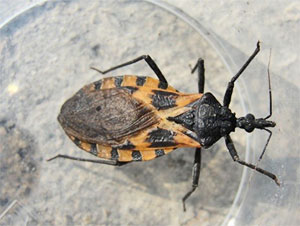
Kissing Bug
The kissing bug is not nearly as cute as its name implies – it’s a parasite that like to feed around the human mouth. If that’s not enough to cause you to leave it alone, it also is a carrier of Chagas disease. Chagas is a parasitic infection that can lead to serious cardiac and intestinal complications and even death. There is a lot of information from the CDC online if you want to know more.
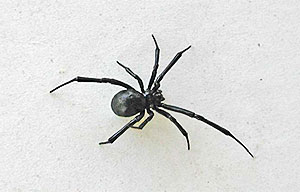
Black widow spider
The male of the species is relatively harmless, but the female can send you to the emergency room. Most people are familiar with the red or orange hourglass on the female, but it’s only on the underside, and sometimes it’s not an hourglass. She’s not that hard to identify from the top, though, if you remember that the black widow is our only black, shiny spider. Others are black but they look fuzzy or dull.
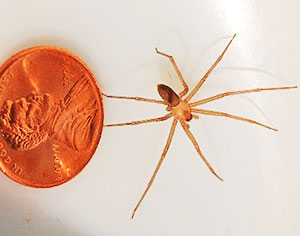
Brown recluse spider
The brown recluse can be a very nasty dude. They are smaller than most people think, as you can see by the picture, but they are our other spider that requires medical attention. Many people identify harmless spiders as brown recluses. Look for a marking on the thorax, which resembles a violin and uniformly colored legs and abdomens; any spider with color variations or patterning on the legs or abdomen is not a brown recluse. A favorite hangout to watch out for – shoes left out in the garage or patio. Shake them out!
Chances are you won’t see any of these creepy crawlers, but let the kids know they’re out there.
Now, go HAVE FUN!
